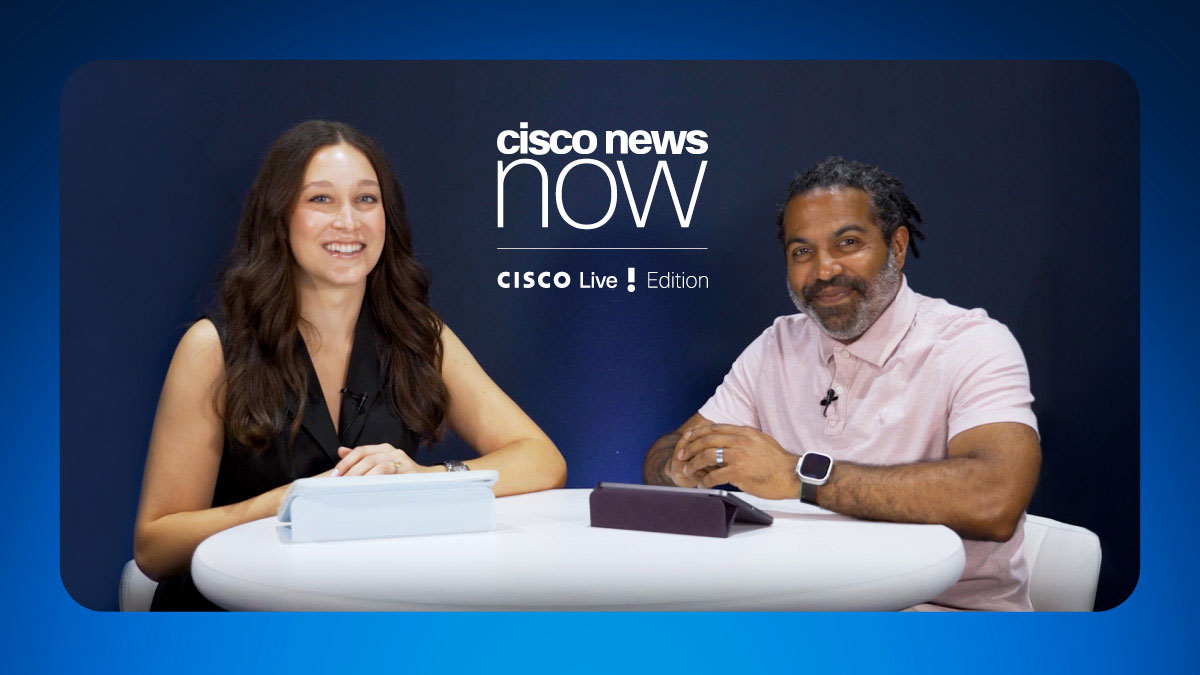SAN JOSE, Calif. -- November 2, 1999 -- Cisco Systems, Inc. announced the delivery of CiscoContent Networking, a dynamic network framework necessary for deployment of the increasingly essential e-business applications such as e-commerce, supply chain management and customer care.
The demands of today's Internet economy continue to transform the rules defining a scalable, cost-efficient business model. For example, successful deployment of an e-commerce application mandates a network solution integrating intelligent network services such as quality of service (QoS), security, server load balancing and caching in a synchronized way. Cisco Content Networking enables a global virtual enterprise through advanced network intelligence that allows more precise application and content recognition. The transfer of desired information is optimized by shared network intelligence residing across both enterprise and service provider domains, as defined in the ContentFlow Architecture.
"For companies relying on a server-based computing model, reliable and predictable application delivery is paramount," said Edward Iacobucci, Citrix chairman. "Since our customers, who range from large global enterprises to application service providers, deploy business applications to every kind of user imaginable, they need consistent availability over any type of network their applications touch. The network is the most crucial tool for the e-business model, and having an adaptive and integrated intelligent system offered by Cisco is key for our customers' satisfaction." [See today's related announcement on Cisco/Citrix relationship.]
Cisco Content Networking provides network agility needed to address the dynamic nature of the Internet, ensuring flexibility and improved delivery of content. The e-business framework essential for an integrated solution consists of three components:
- Network classification mechanisms;
- Intelligent network services delivered through Cisco IOS. software; and
- Policy management for configuration and monitoring enforcement.
Network Classification Mechanisms: Cisco is introducing Network-Based Application Recognition (NBAR), a new classification engine that can recognize a wide variety of applications, including web-based applications and client/server applications that dynamically assign TCP or UDP port numbers. Once the application is recognized, the network can invoke specific services for that particular application. NBAR currently works with QoS features to ensure that the network bandwidth is best used to fulfill business objectives. Cisco IOS software provides a variety of other advanced network classification capabilities associated with specific services such as Context-Based Access Control and Intrusion Detection System for security and Multimedia Conference Manager Proxy for videoconferencing.
Intelligent Network Services: With the addition of classification features and protocols inCisco IOS release 12, Cisco devices have a vast selection of content-enabling mechanisms taking advantage of the embedded intelligence that maps across desktop, enterprise and service provider environments. MultiNode Load Balancing (MNLB), a new feature in Cisco IOS release 12, optimally scales server load balancing for larger websites. In addition, Cisco's DistributedDirector and LocalDirector work together with switches and routers to enable both global and localized server load balancing for the best content delivery available. Cisco's new Cache Engine 500 Series products accelerate the deployment of web-based applications, reduce wide area network (WAN) bandwidth costs, and accelerate content delivery. With the recent acquisition of Tasmania, a leading developer of network caching software technologies, additional high performance intelligence will be integrated into the Cisco Cache Engine 500 series products.
Policy Management: With the addition of NBAR support in Cisco QoS Policy Manager 1.1, content-based QoS policies can be easily configured and deployed providing centralized control for a wide variety of business-critical applications. Implementation of campus QoS mechanisms now extend QoS policy enforcement across the entire enterprise. Policy control has been added for voice services enabling convergence of voice, video and data, and has been enhanced for wide area network QoS optimizing WAN link utilization and costs.
Cisco Content Networking is the foundation that leverages and integrates the breadth of Cisco's networking knowledge. This e-business framework is the origin of two recent announcements - Architecture for Voice, Video and Integrated Data (AVVID) and Cisco ContentFlow Architecture. Cisco Content Networking will continue to be the cornerstone for securing competitive advantage in the evolving and burgeoning Internet economy.
Cisco Systems
Cisco Systems, Inc. (NASDAQ:CSCO) is theworldwide leader in networking for the Internet.For more information visit Cisco PR Contacts
Catalyst, Cisco, Cisco IOS, Cisco Systems and the Cisco Systems logo are registered trademarks of Cisco Systems, Inc. in the U.S. and certain other countries. All other trademarks mentioned in this document are the property of their respective owners.



